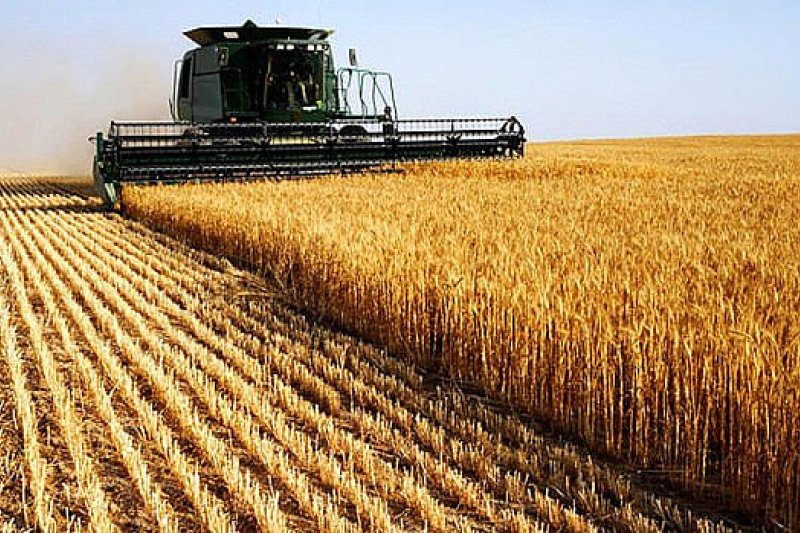Albania with Most Underdeveloped Agro-Industry
Albania is competitive with the region in early agricultural production, but on the other hand, it ranks last in terms of the development of agro-industry, a sector that multiplies the value of agricultural products.
A recently published comparative analysis by the Regional Cooperation Council (RCC) showed that the agro-industry production capacity per capita in Albania was Dollar 76 per capita in 2022, with a large difference with each of the other five Western Balkan countries.
Kosovo and Serbia lead the region in strong agro-industry development. These two countries generate over 70% more gross domestic product (GDP) than the average in the region and have developed sustainable food processing bases.
In Kosovo, agri-food production per capita was Dollar 387 in 2022, the highest level in the region, in Serbia it was Dollar 278 per capita, followed by North Macedonia with Dollar 177 per capita, Bosnia with Dollar 158, Montenegro with Dollar 129 and Albania with only Dollar 76.
As a result of these developments, Albania has the lowest share of agri-food exports. Serbia is the only economy that leads the region in this field in both production and exports, significantly increasing its position in global agri-food markets, on the other hand Albania has the lowest share of exports in the world. Albania is also based on a narrow range of products in export.
In 2023, Albania had a trade deficit in agri-food items at 1% of GDP, an improvement from 2010 when the deficit was 4%. The Regional Cooperation Council analysis suggests increased diversification of products and markets for Albania. Also, a regional traceability system for food safety increases the confidence of European buyers.
Investments in technology and the circular economy can boost organic production, the demand for which is growing. Expanding agri-tourism with farm-to-table products is an effective way to increase the value of local products, especially in Albania.
The agri-industry sector in our country has been developing rapidly in the last 6 years, but the fall of the euro has severely damaged factories, which have been forced to reduce activity due to the losses created by the exchange rate.













